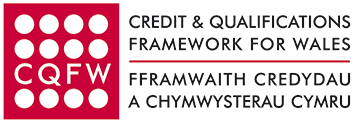| 1. |
Understand the factors that impact on an individual with sensory loss and steps that can be taken to overcome these. |
|
| 1.1 | Describe how a range of factors have a negative and positive impact on individuals with sensory loss. | | 1.2 | Identify steps that can be taken to overcome factors that have a negative impact on individuals with sensory loss. | | 1.3 | Explain how individuals with sensory loss can be disabled by attitudes and beliefs. | | 1.4 | Identify steps that could be taken to overcome disabling attitudes and beliefs. |
|
| 2. |
Understand the importance of effective communication for individuals with sensory loss. |
|
| 2.1 | Outline what needs to be considered when communicating with individuals with:
- sight loss
- hearing loss
- deaf blindness.
| | 2.2 | Describe how effective communication may have a positive impact on the lives of individuals with sensory loss.
| | 2.3 | Explain how information can be made accessible to individuals with sensory loss. |
|
| 3. |
Know the main causes and conditions of sensory loss. |
|
| 3.1 | Outline the main causes of sensory loss.
| | 3.2 | Explain the difference between congenital acquired sensory loss.
| | 3.3 | State what percentage of the general population is likely to have sensory loss. |
|
| 4. |
Know how to recognise when an individual may be
experiencing sight and / or hearing loss. |
|
| 4.1 | Outline the indicators and signs of:
- sight loss
- deaf blindness
- hearing loss.
| | 4.2 | Explain where additional advice and support can be sourced in relation to sensory loss. |
|
| 5. |
Know how to report concerns about sensory loss. |
|
| 5.1 | Describe to whom and how concerns about sight and / or hearing loss can be reported. |
|
